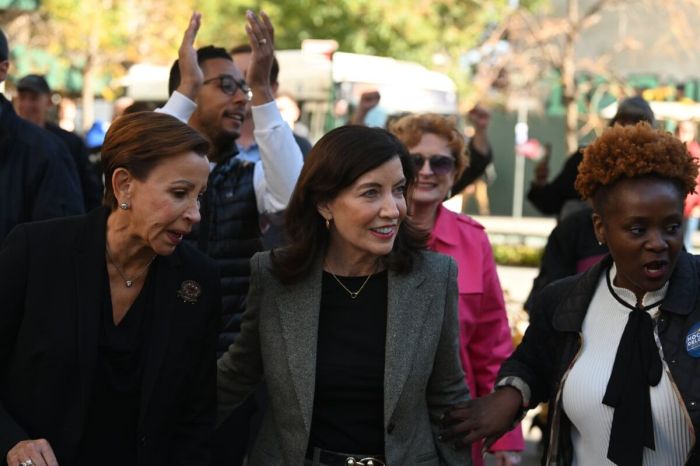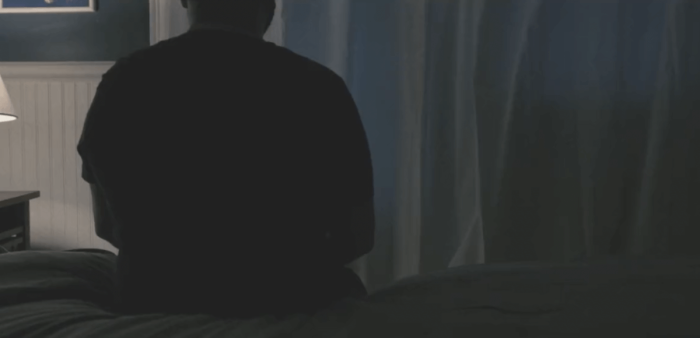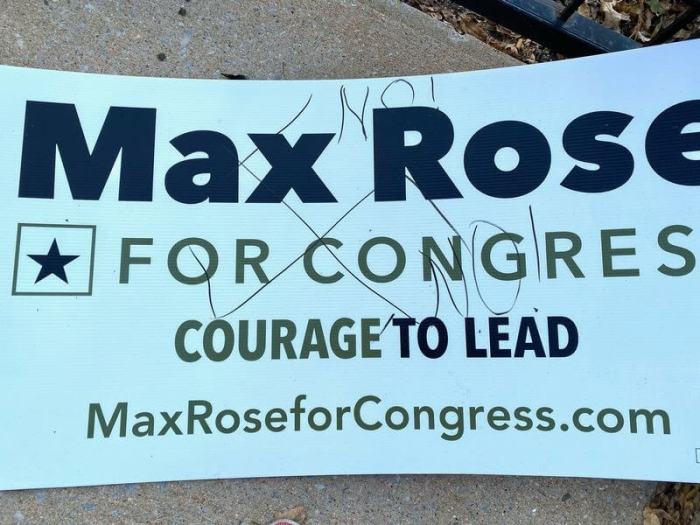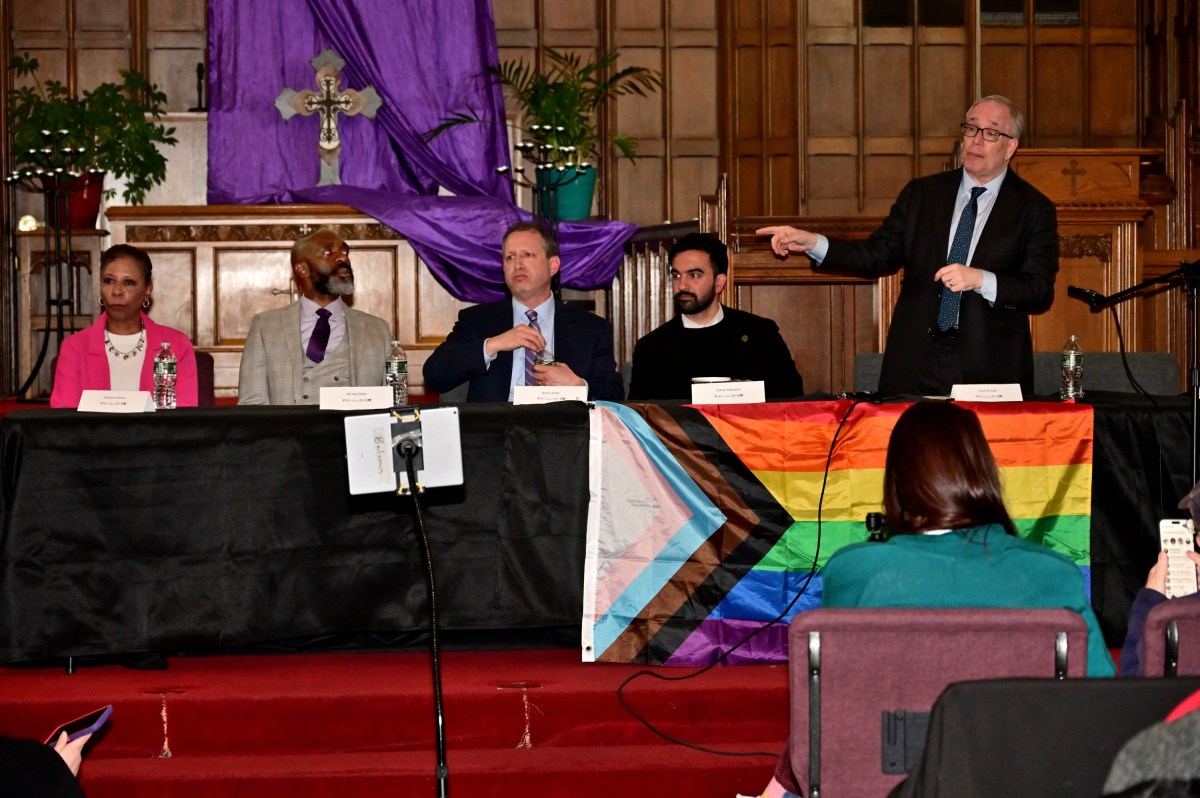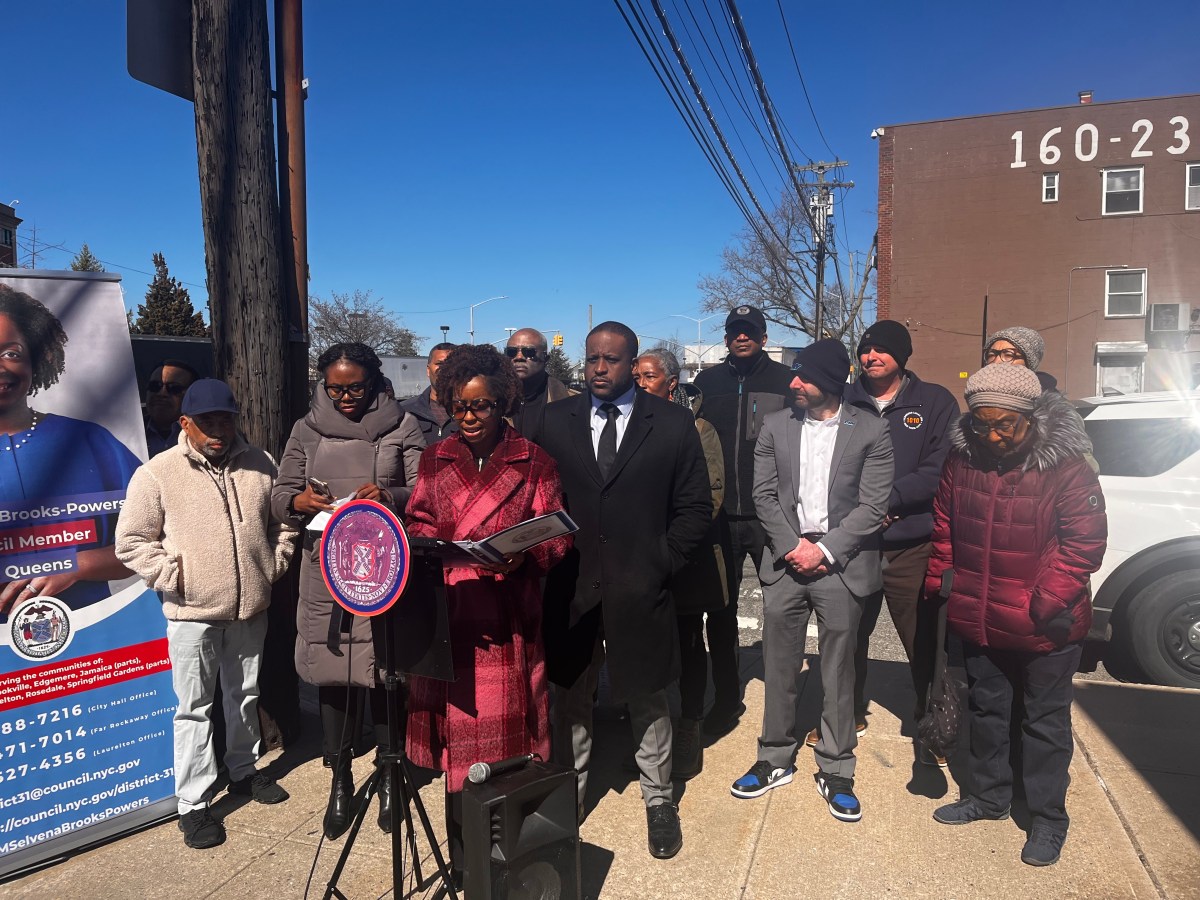As 2022 draws to a close, there’s little doubt that this year was a whirlwind of change in New York’s political landscape, started in the courts and finished by the voters.
The state elected its first woman governor in Kathy Hochul and several Republicans flipped Congressional and state legislature seats all following a long and chaotic redistricting process.
The first woman governor
Governor Hochul won her first full term on Nov. 8, making history as the first woman to be elected chief executive of the Empire state, serving out the remainder of her predecessor Andrew Cuomo’s term once he resigned over multiple accusations of sexual harrassment.
“You made your voices heard loud and clear, and you made me the first woman ever elected governor in the state of New York,” Hochul said on election night. “I’m not here to make history. I’m here to make a difference.”
However, Hochul’s 5.8% win over rival Lee Zeldin – a Long Island Republican congress member – made history in another, less flattering, way: it was the slimmest margin of victory in a New York gubernatorial election in nearly three decades. The last time a governor’s race was so close, in a state where Democrats outnumber Republicans two-to-one, was in 1994, when former Governor George Pataki unseated Maria Cuomo.
The reason for the slim margin? Zeldin gained momentum during the final weeks of the campaign and surged in the polls, primarily because of two super PACs mostly funded by $11 million from cosmetics heir Ronald Lauder. The PACs flooded the airwaves with ads, pounding home Zeldin’s central campaign message that Hochul was failing on combating violent crime and he was the one to get it under control.

New York’s ‘Red Wave’
While Hochul ultimately beat back Zeldin’s challenge, with a frenzied blitz of campaigning in the two weeks leading up to the election, Republicans down the ticket performed far better than expected.
That’s especially true in the House, where the GOP flipped three blue districts – two on Long Island and one in the Hudson Valley – and captured another two open seats, helping them clinch a narrow majority in Washington’s lower chamber. But one of those victories, by Congress Member-Elect George Santos, in the Long Island and Queens district currently represented by outgoing Congress Member Tom Suozzi, was thrown into question this week when The New York Times reported he may have misrepresented central parts of his resume during the campaign.
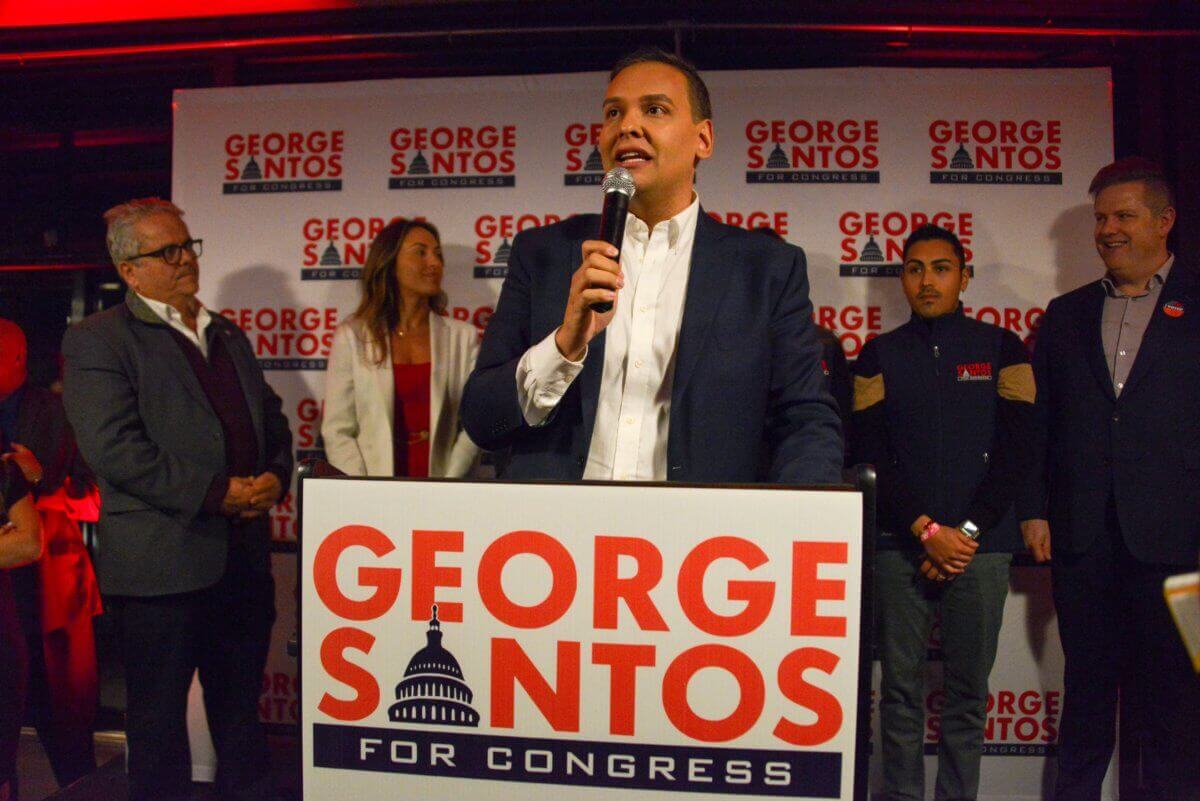
Republicans also did quite well in the state Senate and Assembly, but stopped short of ending Democrats’ supermajorities in either chamber. That was especially the case on Long Island, where they flipped three state Senate seats from blue to red, and in southern Brooklyn, where they ousted three Assembly Democrat incumbents.
“We have been working to build a party so we can have a terrific two party system,” Brooklyn GOP Chair Ted Ghorra told PoliticsNY at the time. “And we’re continuing to work in that direction. I’m going to continue to work hard, because people need to be represented by representatives that are going to work hard and represent the constituents.”
Redistricting
Many have attributed Republican success in the New York midterm elections to the state’s redistricting process, which takes place every decade following the decennial U.S. Census.
The messy process saw the state’s Independent Redistricting Commission – made up of an even number of Democrats and Republicans – twice fail to agree on one set of maps to send to the state legislature, which then allowed Albany Democrats hijack the process. They drew heavily gerrymandered Congressional and state Senate maps that were quickly challenged by Republican activists and ultimately thrown out by the state’s Court of Appeals.
The state’s highest court then appointed an independent expert – or special master – named Jonathan Cervas to craft a new plan. Those lines, however, made several districts far more competitive for Republicans than they were under the previous plan.
“It creates a much more competitive map,” said Jeff Wice, a New York Law School professor and expert on redistricting, at the time. “It provides Republicans more opportunities to run than they had in the previous plan.”
For instance, the Staten Island and southern Brooklyn district that Democrats in the state legislature redrew to include Park Slope and Sunset Park to give their party an edge in the midterms, was reconfigured by Cervas to not include those liberal bastions. That move cleared the way for GOP Congress Member Nicole Malliotakis to stave off a challenge from Democrat Max Rose in November.
Democratic strategist Bill Neidhardt – a former City Hall spokesperson, who ran the unsuccessful campaign of outgoing Congress Member Mondaire Jones in Congressional District 10 – told amNewYork Metro soon after the election that redistricting was mostly to blame for Republicans’ election night successes.
“The redistricting maps are the primary reason why Democrats were set up to fail,” Neidhardt said.
The new maps also resulted in a split primary, with statewide and Assembly races in June and Congressional and state Senate contests in August. That set up competitive primaries between Democrats in the city, particularly in the 10th and 12th Congressional Districts.
In the 10th, which was redrawn to cover lower Manhattan and parts of north west Brooklyn, Congress Member-Elect Dan Goldman rose above a packed field, mostly populated by those running to his left, to claim victory in the late August primary. And in CD12, the voters of Manhattan’s Upper West and Upper East Sides chose Congress Member Jerry Nadler over his colleague of three decades Carolyn Maloney.
“Tonight is not a victory for myself or any one person, it is a victory for all of us,” Goldman said on election night. “All of us who will not let authoritarian forces undermine the foundation of our democracy and the rule of law. It is a victory for all of us who are determined to fight for our fundamental rights, to expand abortion access throughout the country, to fight for our planet and to protect our children and neighbors from the scourge of gun violence and hate crimes in our society.”



